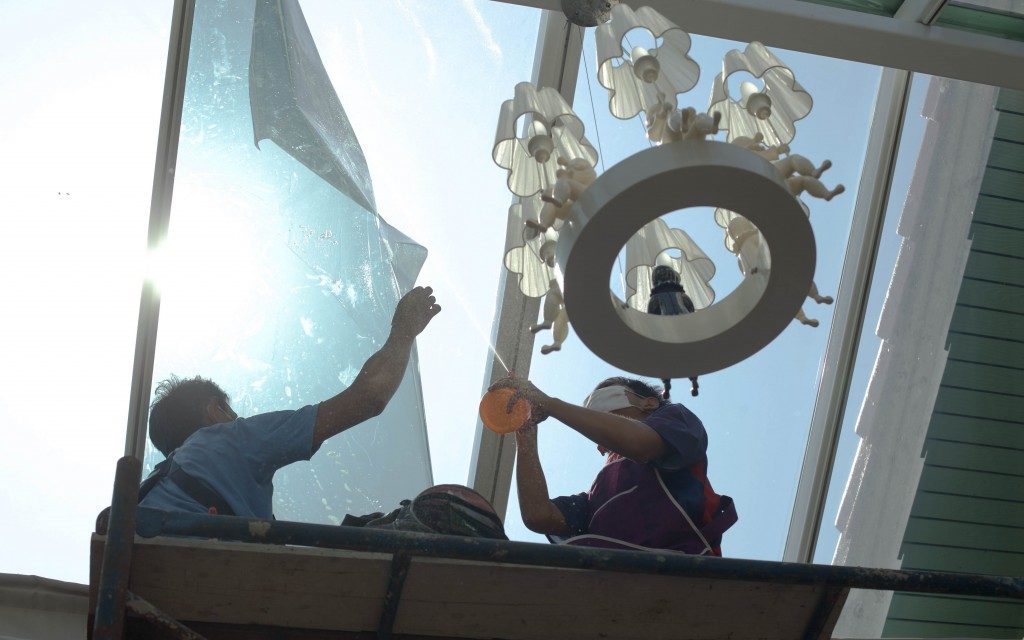Tinted windows are there to protect a building’s occupants against the sun, as well as provide privacy. Tints are also applied to sunglasses to protect your eyes from the sunlight, and to a vehicle’s windows to minimize heat and protect the interior against rapid deterioration.
In some buildings and homes, usually the old ones, you may notice that the window tints are starting to peel off. It’s either because it was poorly applied or the tints are poor in quality. High-quality window tints are way better in terms of longevity and other properties, which is why it’s important to asses a window tint you’re getting from a reliable provider of residential window tinting service in Arizona and other locations.
That said, what are the factors you should consider when making a decision?
Price and Quality
These should be the first things you should pay attention to. Avoid assuming that the price tag equates quality. Like in the cases of other products, expensive doesn’t always mean it’s the best, and affordable prices aren’t always an inferior buy. A high-quality window tint should be at a reasonable price. It may not be the most affordable, but you’d get your money’s worth, given its durability.
A low-quality window tint’s performance in blocking sunlight would be relatively poorer, and the adhesive isn’t as tough because, over time, bubbles would be visible on the glass where it’s attached. Discoloration would also occur after some time of use.
If you get a high-quality window tint, the radiant temperature inside your home would be regulated, meaning you can save on cooling costs. The best tints hold better on the glass, so you’d never see bubbles or peeled-off films at the corners. High-quality tints from reputable brands also come with a warranty and excellent installation service. If the tint you chose comes with these benefits, then you’re getting the right type.
Properties and Features

To make tints durable and resistant to scratches, different layers are added to them, such as multiple polyesters. But to make the tints protect you against the sun, special, usually patented formulated additives are applied. One type of additive is dye. The dye method utilizes the absorption of sun rays to prevent it from affecting the home’s interiors. It is the most commonly used type because of its privacy features.
Another type is metalized films. In this method, different types of metals are embedded in the polyester base. Metalized films defect the heat of the sun rather than absorb it, which dyed films do. It has excellent temperature-regulating qualities, so you can save energy costs with this type.
Deposited window tints are also like metalized films because they’re also embedded with different metals. They are a cheaper alternative to metalized window tints. This type uses the deposition method to reduce heat. There is also the hybrid window tint, which has the features of both dyed and metalized window tints. This method turns the scorching heat into a soothing warmth, which some people might prefer. The tint on it is lighter, but it reflects and absorbs heat.
Ceramic window tints are a newer, high-quality variety. It employs nanotechnology, enabling the film to reduce interference to strengthen the glass. It can withstand harsh weather conditions, even severe cyclones. For this reason, it has become the current most sought-after type of window tint.
All types of window tints come in a variety of shades and opacity. Some offer a more metallic rather than tinted looks, such as bronze, stainless steel, or gray shades. Some newer and more modern versions are nearly clear. Depending on the benefit you seek, there should be shade suitable for you.
With these considerations, searching for the best window tint should be easier. Choosing the best is remarkably important because it can last for many years, proving that every penny you spent is worth it.

